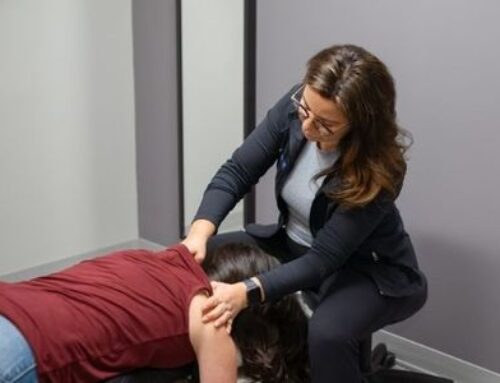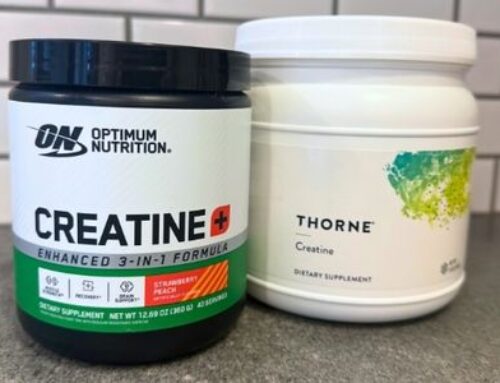Massage therapy has been shown to help clients with chronic pain. Per the CDC, over 50 million adults in the United States experience pain every day or on most days. Those living with chronic pain may suffer from poor sleep, heightened anxiety and limited range of motion in one or more areas of their body. Massage therapy activates the parasympathetic nervous system, thereby assisting in long term pain management plans.
Acute vs. Chronic Pain
Acute, or inflammatory pain is caused by a specific incident, such as a broken bone or surgery. Pain will last a short time, and will go away once the injury has healed.
Chronic pain lasts longer than the inflammatory period, after recovering from the initial injury. Pain signals can remain active for weeks, months or years.
Massage therapy offers positive touch and a restful experience that can ease pain by releasing oxytocin, dopamine and offering compassion and support.
Approaching Massage Therapy for Chronic Pain
Chronic pain can take a toll, which may affect social life, emotional well-being and physical health. Activities of daily living may become difficult or strenuous. As such, providers should approach chronic pain management from a biopsychosocial lens. This recognizes each client as an individual with their own unique experience that needs a tailored approach to treatment.
Most clients are more interested in achieving a goal than in the technique used to reach that goal. Therefore, treatment should be outcome based. What are your goals overall, and for each session? Giving accurate feedback to your therapist during each session is imperative, as each session may require vastly different approaches. One session may require gentler touch for activation of the parasympathetic nervous system to assist in better sleep, while the next visit’s goal may be to restore range of motion or less pain during activities of daily living.
Through effective communication, you and your therapist can achieve your goals with an individualized approach at each treatment session. Together, you may also come up with at home care plans to maintain progress between visits.
At-home Care
Your therapist may recommend self care techniques to practice at home between treatments, such as:
-
Breathing techniques (see below)
-
Foam rolling
-
Rolling with a tennis or lacrosse ball
-
Cryotherapy (use of heat and cold)
-
Yoga, tai-chi, chi gong
These are meant to supplement massage therapy and maintain tissue quality between visits.
Breathing Techniques
Chronic pain causes the body to remain in a sympathetic state (fight or flight). Using diaphragmatic breathing techniques helps the muscles to relax and balances the pH of the blood. An article from Mayo Clinic states “maintaining diaphragmatic breathing even during times of increased pain, helps keep the body healthy and running smoothly.”
Diaphragmatic breathing techniques involve shorter inhalations through the nose, with longer exhalations through the mouth. The long exhalations help move the body into the “rest and digest” state.
Examples include:
-
Square breathing – inhale, exhale, inhale for an equal count
-
4-7-8 breathing – inhale for 4 counts, hold for 7 counts, exhale for 8 counts
In conclusion, if you are suffering with chronic pain, it is important to have a goal in mind, communicate honestly and effectively with your therapist and adhere to self care practices outside of your treatment schedule.
If you suffer from chronic pain and want to make massage therapy a part of your pain management routine, click here to book your first appointment online today.





